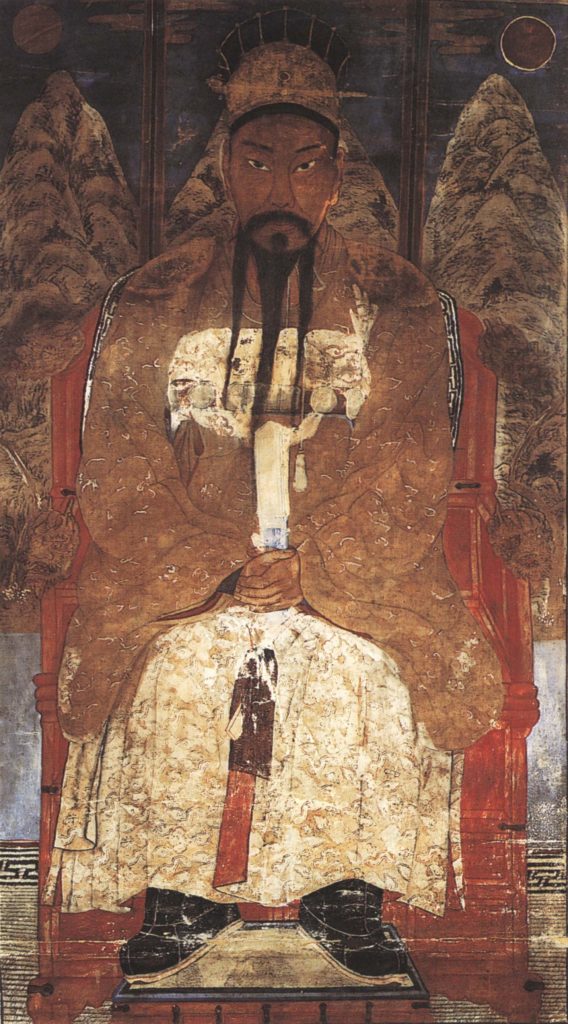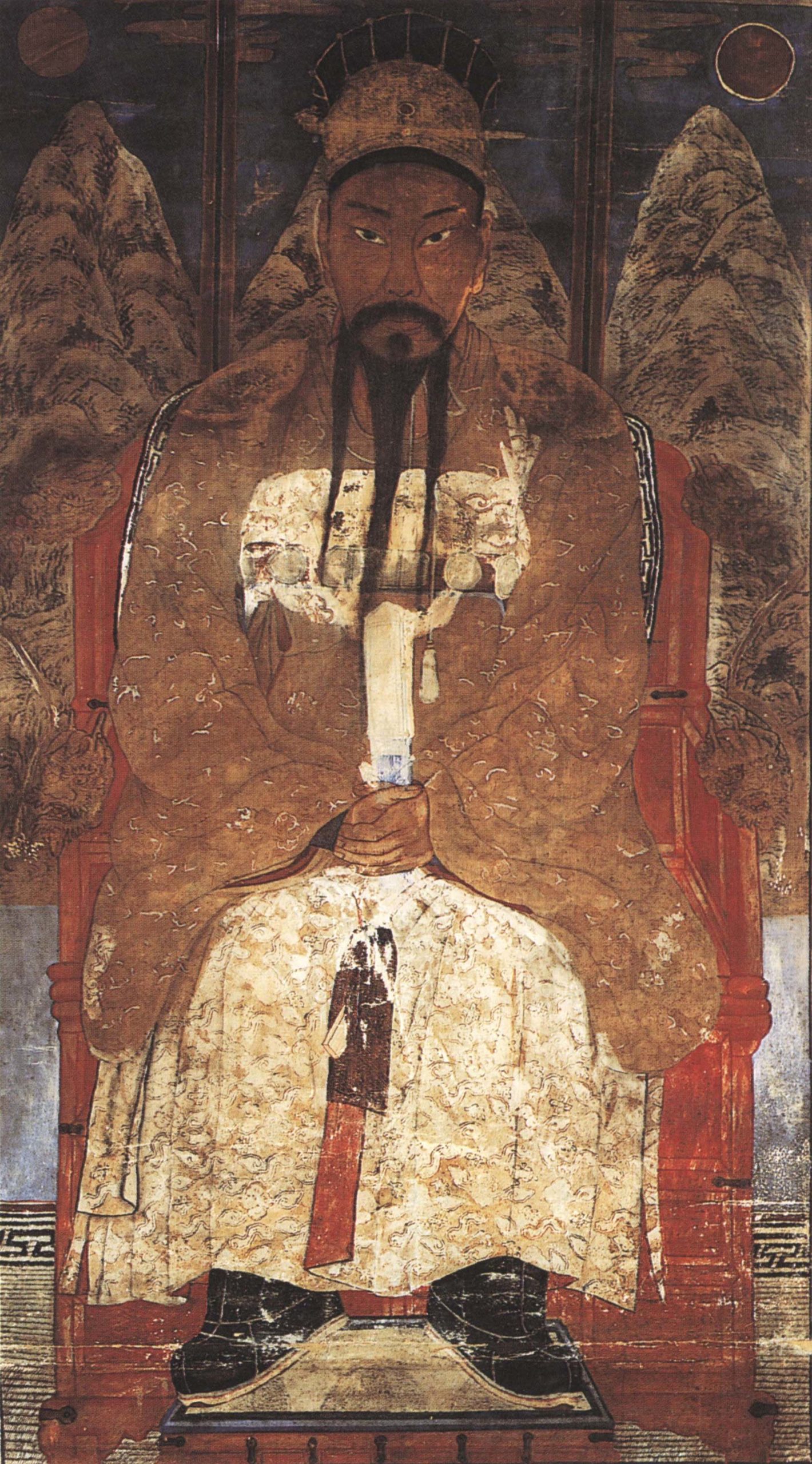The Peninsula
The Mountain at the Heart of Korea’s Past and Future
Published October 3, 2018
Category: North Korea, Inter-Korean, South Korea

By Kylan Toohey
On September 20, the leaders of the two Koreas made international headlines with their summit in Pyongyang. Amid high-level talks on heavy topics such as denuclearization, the conclusion of the Korean War, and reunification, there was one moment that held particular significance to the Korean audience that international observers may have missed: Moon and Kim’s joint visit to the peak of Mount Paektu. This was not just a simple trip up a mountain; for the two leaders, this was a moment imbued with symbolic importance.
Mount Paektu as the Birthplace of the Korean nation
Mount Paektu is a well-established sacred site for all Korean people. Most importantly, it serves as the locus for the classic origin myth of the Korean nation. According to legend, Mount Paektu was the birthplace of Dangun, the mythic figure who represents the “first Korean,” the original ancestor. It was in the caves of Mount Paektu where, according to legend, a bear and a tiger were instructed by a divine prince to sustain themselves for 100 days on nothing but garlic and mugwort to fulfill their wish of becoming human. Only the bear succeeded, and transformed into Ungnyeo, a human woman who married the divine prince and bore Dangun.

Portrait of Dangun
This is the most widely-held founding myth of the Korean nation, and though this story has been reinterpreted many times throughout history to satisfy various political and ideological needs, it withstood the division of the peninsula and remains the principal legend on both sides of the 38th parallel.
Mount Paektu in North Korea
For North Koreans in particular, the mountain holds additional significance as the supposed birthplace of the Kim dynasty. According to North Korean legend, the great revolutionary Kim Il-Sung established his base along the slopes of Mount Paektu, launching guerilla attacks against Japanese occupation forces for the independence of the Korean peninsula. Historically factual or not, this story is part of the official propaganda of the North Korean state, and thus images of Mount Paektu feature prominently in national imagery, such as in the background of portraits of Kim Il-Sung and Kim Jong-Il. In keeping with this narrative, it is also alleged that Kim Jong-Il was literally born on top of Mount Paektu at his father’s secret base, legitimizing the propagandist idea of the Kim dynasty as part of the “Mount Paektu bloodline” mandated by heaven to unify and rule the Korean peninsula. Kim Il-Sung additionally gave credence to this account by formally asserting that the story of the birth of Dangun on Mount Paektu was not just myth, but rather a historical event that only further served to prove the superiority of the Kim bloodline. He even went so far as to erect a massive mausoleum in Pyongyang that supposedly houses the remains of Dangun and his wife.
Mount Paektu in the Inter-Korean Summit

The Tomb of Dangun in Pyongyang
This brings us back to the recent trip that President Moon Jae-In took to the top of Mount Paektu with Kim Jong-Un and why it is such a powerful moment. President Moon, a known avid hiker, has stated many times that it is his lifelong dream to hike to the top of Mount Paektu from the Korean side. Mount Paektu is located at the border between North Korea and China, and while part of it is technically accessible from the Chinese side, the majority of it lies in North Korea, including “Heaven Lake,” the crater lake at the peak of the mountain.
Concluding their already-historic summit with a journey up this highly symbolic mountain was a strategic move by the two Korean leaders, meant to send a message that a new chapter is set to begin for the Korean peninsula, one based in the imagery of unification that could overwhelm even the toughest of domestic opposition.
Kylan Toohey is an intern at the Korea Economic Institute of America and a graduate student at George Washington University in Asian Studies. The views expressed here are the author’s alone.
